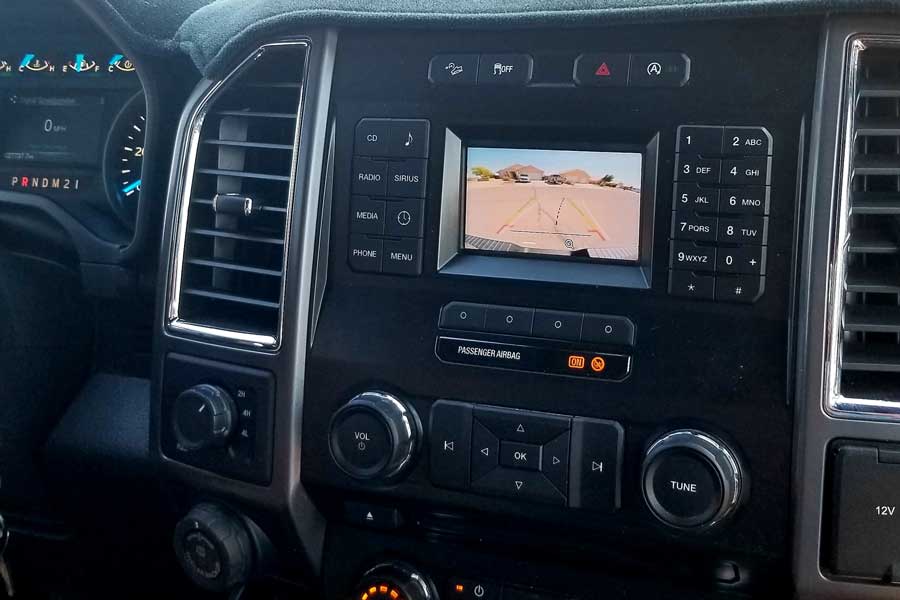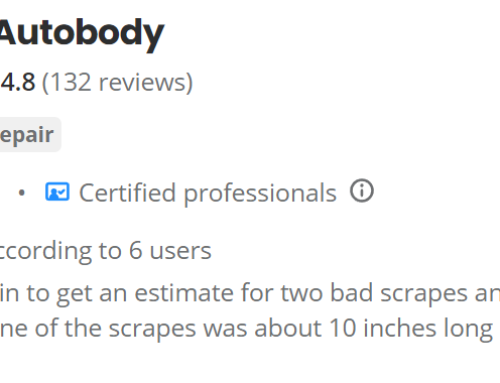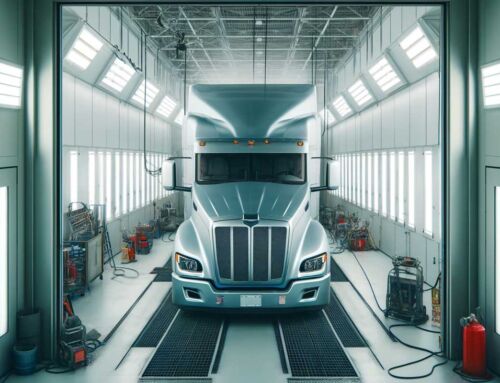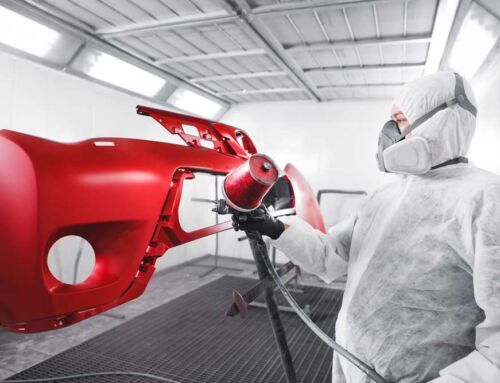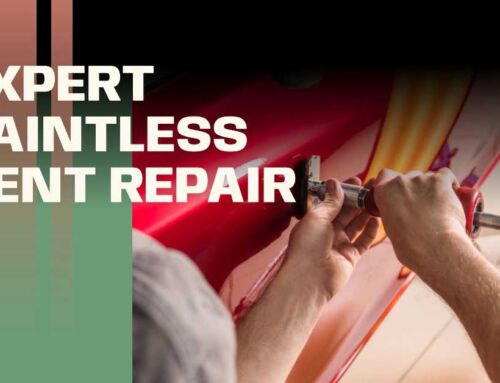As technology becomes even more integrated with new vehicles, it’s critical that all those technology-based safety features are working properly.
In order to know that your safety features are working as they should, have them tested periodically.
Learn more about ADAS, ADAS calibration and how it affects the safety features of your vehicle.
What are ADAS?
Most vehicles on the road today are equipped with ADAS, or Advanced Driver Assistance Systems.
According to the National Highway Traffic Safety Administration, it’s estimated that driver assistance technologies not only reduce the number of accidents, but help to save thousands of lives each year.
You are taking advantage of ADAS each day when you use a backup camera, rely on the lane assist feature or when the brake warning signal alerts you to stop.
ADAS works by using sensors and cameras mounted in various areas in the vehicle to sense the surroundings and alert/warn the driver of a potential hazard or to take cautionary measures to avoid an accident.
What is ADAS Calibration?
It’s easy to take these safety features for granted and just assume everything is working properly.
However, much like other forms of technology, over time these systems should definitely be checked. There may come a time when the ADAS needs calibration and potentially, an adjustment. While these two processes are related, they are two separate things.
Calibration Process
During ADAS calibration, technicians test the safety systems to make sure they are in compliance with vehicle manufacturer’s specifications. If the systems are within the required specification range, you’re good to go.
If you are not in compliance, the ADAS will need an adjustment.
Adjustment Process
An adjustment is made to bring an ADAS into compliance with vehicle manufacturer’s specifications.
After an adjustment, a second calibration is performed to confirm ADAS compliance.
The Time for an ADAS Calibration
Anytime you are in an accident or even a fender bender, it’s enough to throw your ADAS out of range and it’s a good idea to schedule a calibration.
It’s also a good idea to calibrate the ADAS after replacing a windshield, since sensors and cameras may be located there.
Another good time to ask about re-calibrating the ADAS is when rotating or changing tires or installing new brakes.
Lastly, if you’ve been driving the vehicle for a while or never had a calibration performed, consider scheduling an appointment.
Conclusion
For the safest possible driving experience, it’s important to make sure your driver assisted technology systems are working properly.
For vehicle inspections, alignment and questions about your vehicle’s safety features, don’t hesitate to call Downtown Autobody in Rohnert Park.
